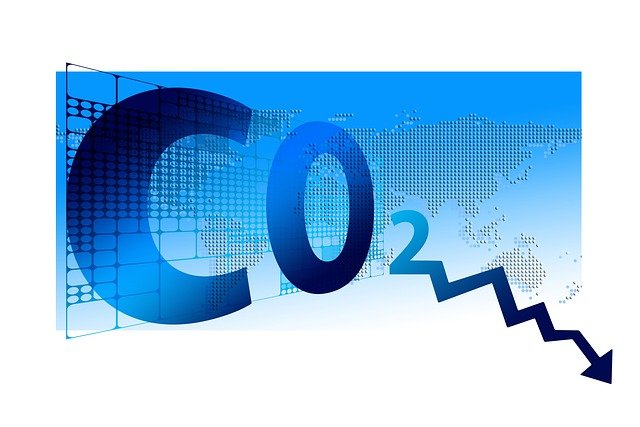Researchers develop catalysts for stable reduction of carbon dioxide
The technology behind Electrocatalytic carbon dioxide reduction (CO2RR) is an effective means of converting the atmosphere’s waste product, CO2, into something useful.

The currently developed catalysts can efficiently convert both natural gas and other fuels such as formic acid which might be commercialized in the future for fuel production or conversion-related industries like methanol manufacturing.
The rise in energy demand has caused worldwide pollution problems including global warming due to increasing concentrations of levels of greenhouse gases(GHGs). However, one potential solution that could help meet our needs while also reducing emissions would involve using technologies whose products are made by reacting channels containing over 3 billion metric tons annually.
A research team led by Prof. GAO Minrui from the University of Science and Technology of China (USTC) has found a new method to stabilize the catalyst structure using indium sulfide materials with increased covalent property for better selectivity in the formic acid production process.
With this unique approach, it is possible that 97% or higher levels can maintain optimal reaction conditions which means fewer waste products among many other benefits!
They published their results on Nature Communications’ website where they detail how these developments may increase efficiency across industries including agriculture – making them even more valuable going forward.
The HCOOH selectivity rapidly drops when used in industrial electrolysis. To fix this issue, we need catalysts that are both active and stable to realize the production of electrocatalytic CO2 for use as an alternative fuel source from coal gas during its preparation process
Catalyst development provides solutions through two different mechanisms:
(1) Element dissolution causes rapid drop-off while also reducing activity;
2) Active phase change leads enzymes unable to hold up against their own solubility increase due directly because acids have been added at some point along with their synthesis.
Further information:
Li-Ping Chi et al, Stabilizing indium sulfide for CO2 electroreduction to formate at high rate by zinc incorporation, Nature Communications (2021). DOI: 10.1038/s41467-021-26124-y
Also read
- Discovery of Metal-organic frameworks with metal N-heterocyclic carbenes for catalysis
- Newly Discovered Protein can be used to detect nuclear material and Cancer therapies